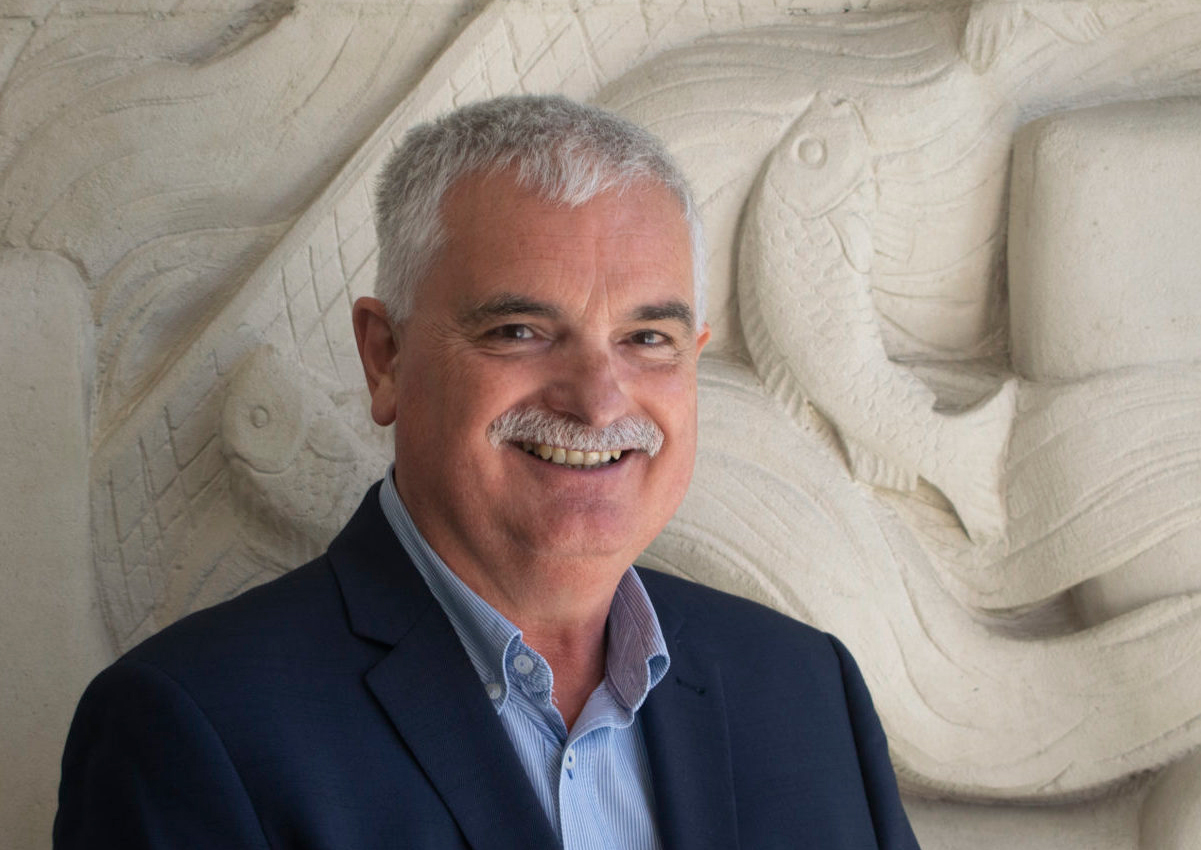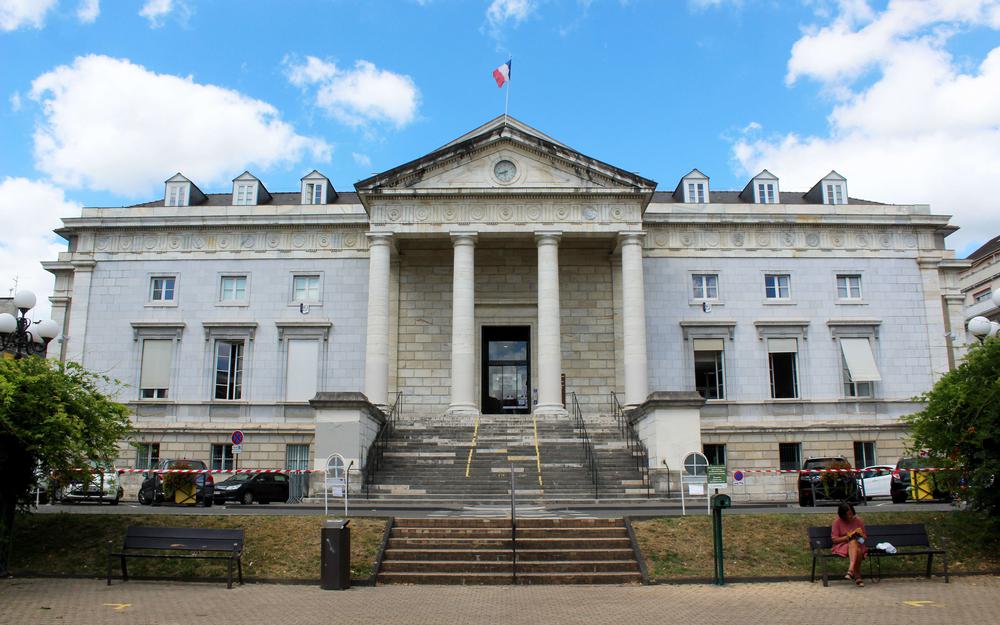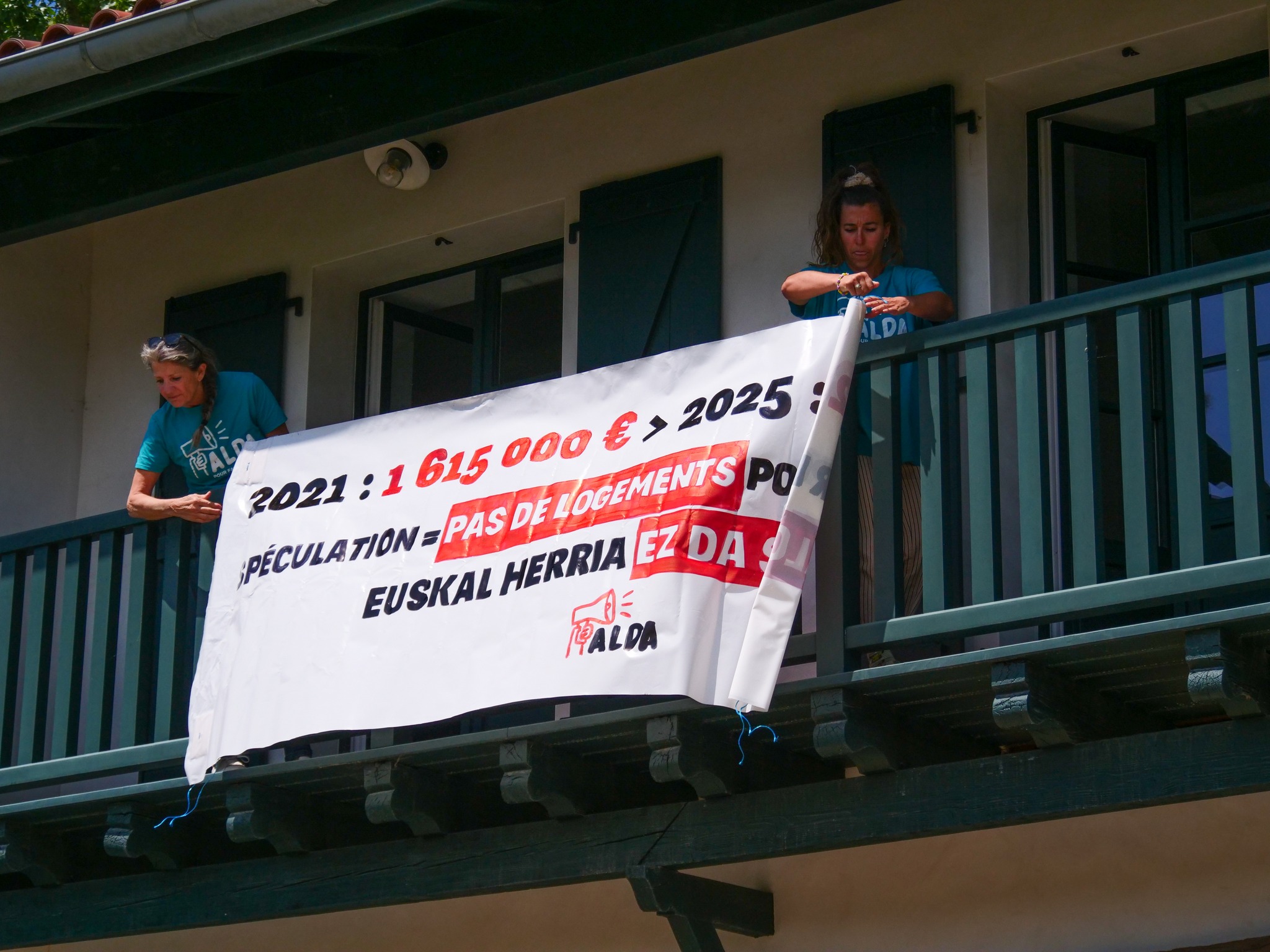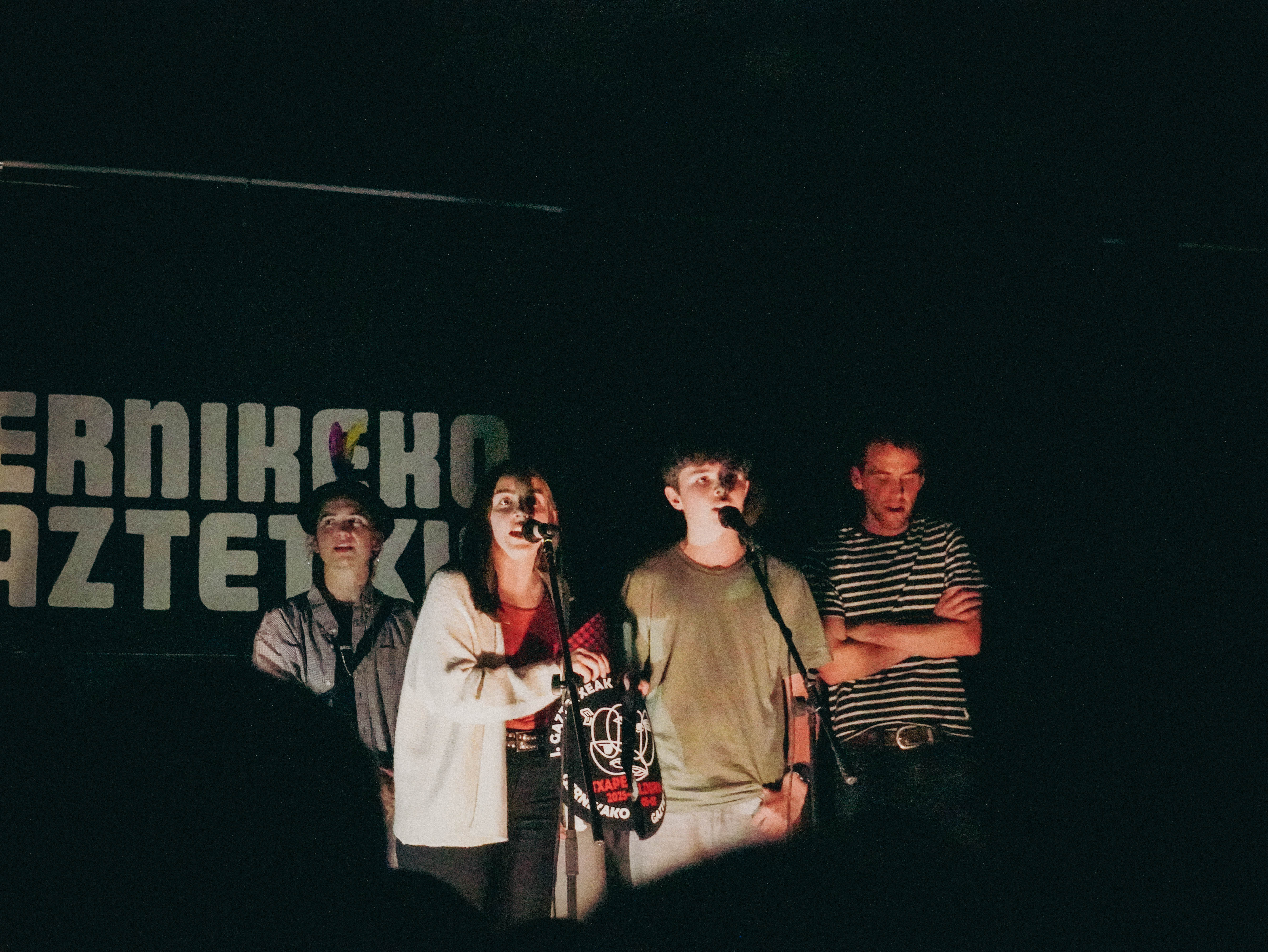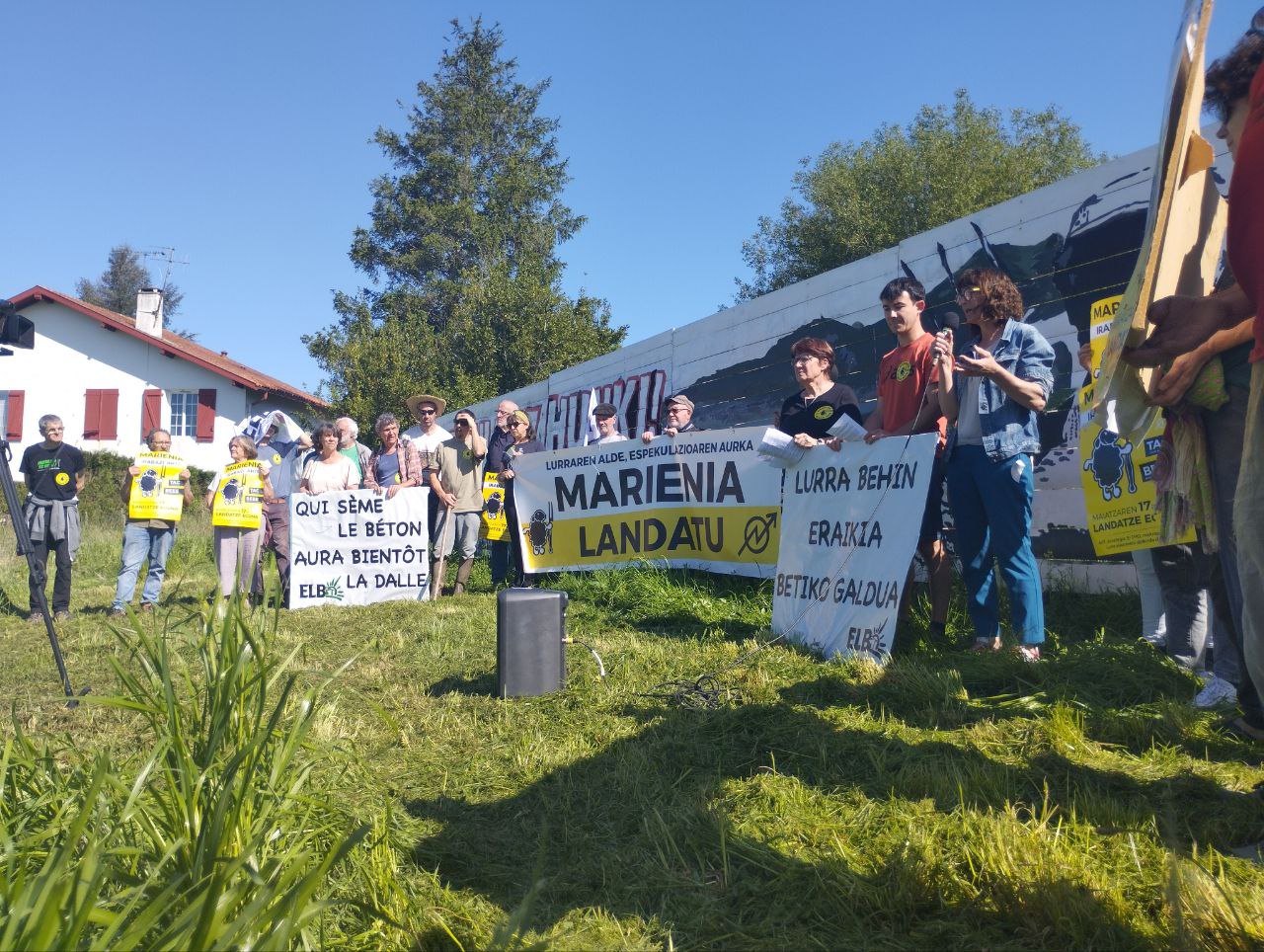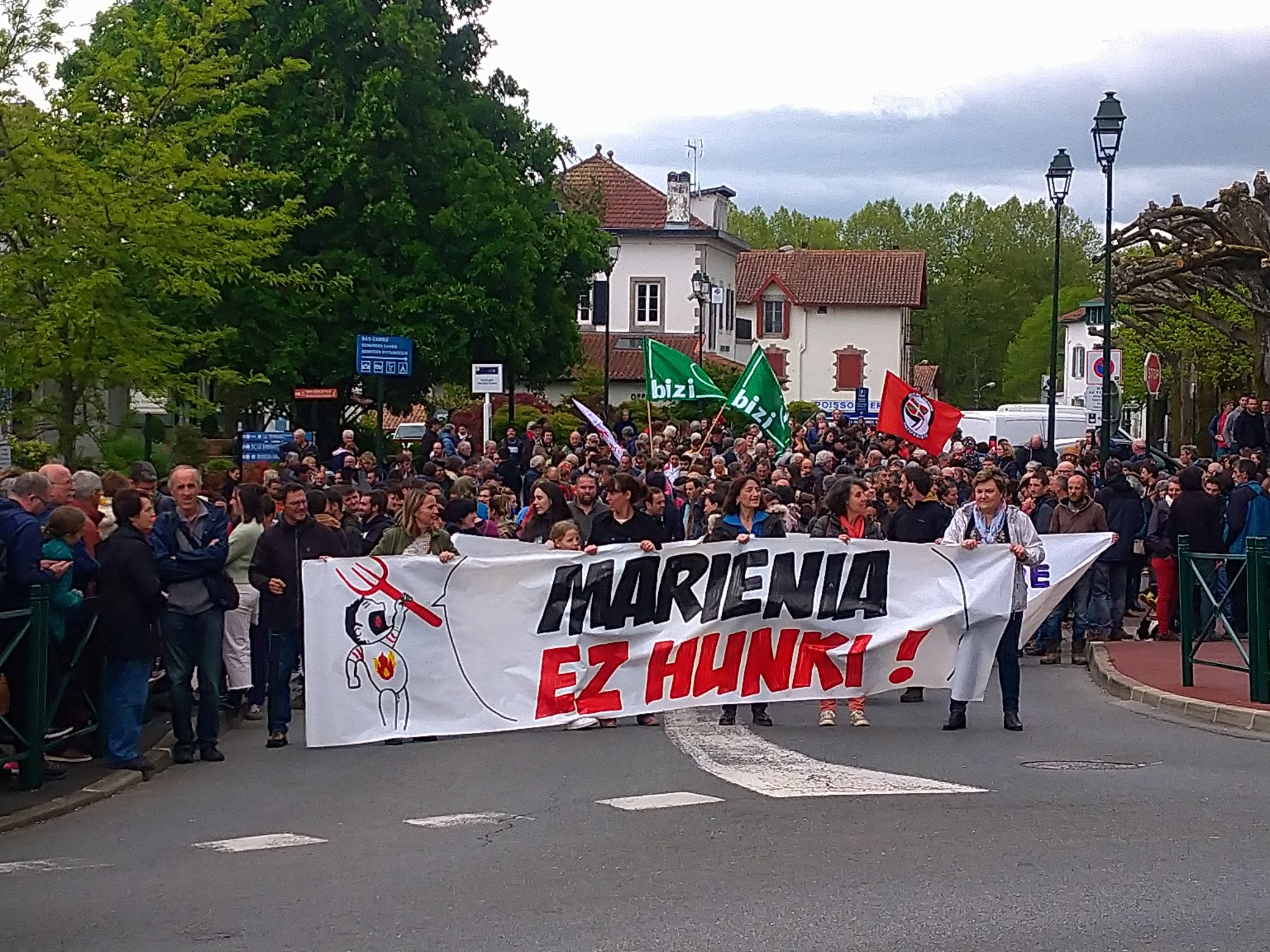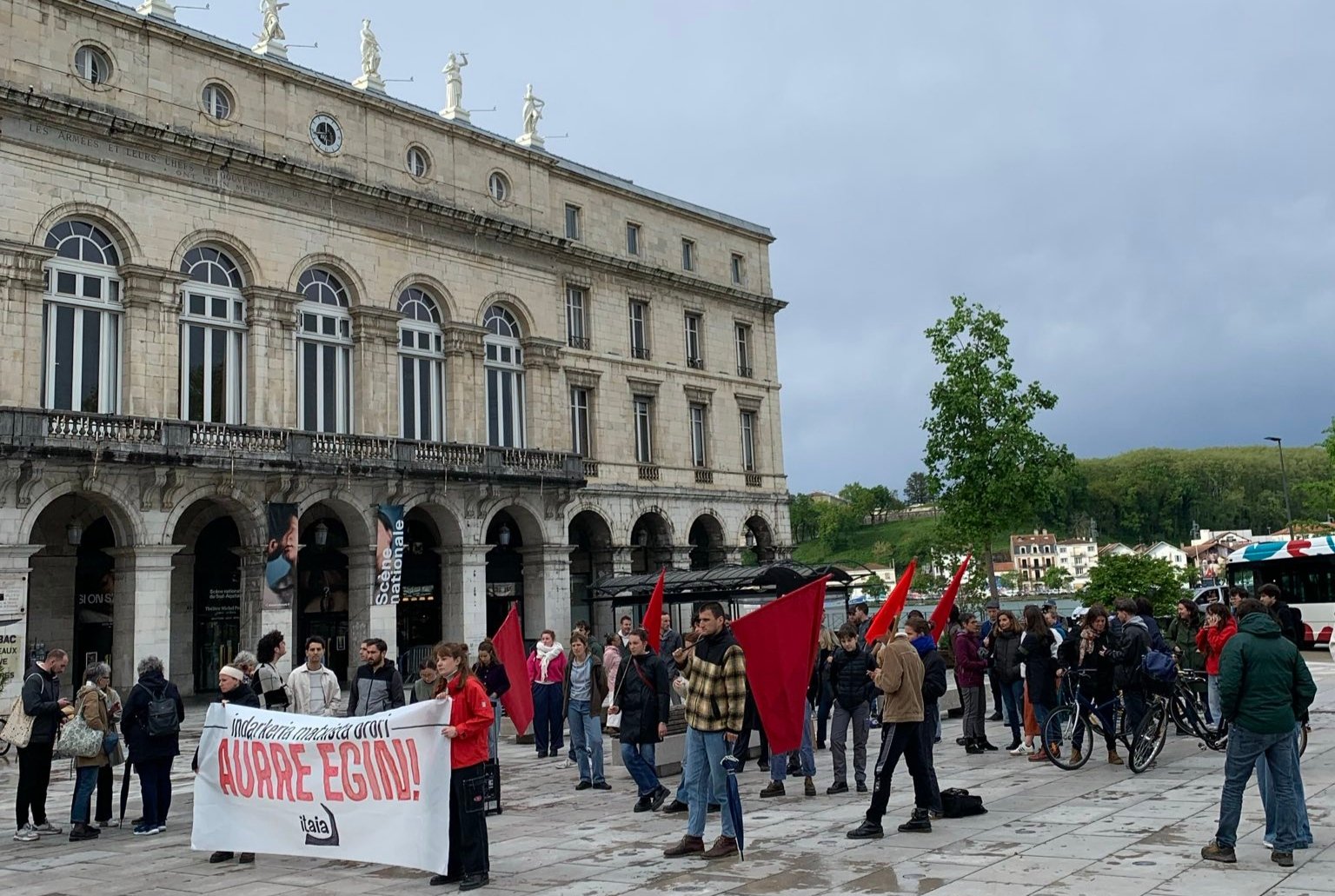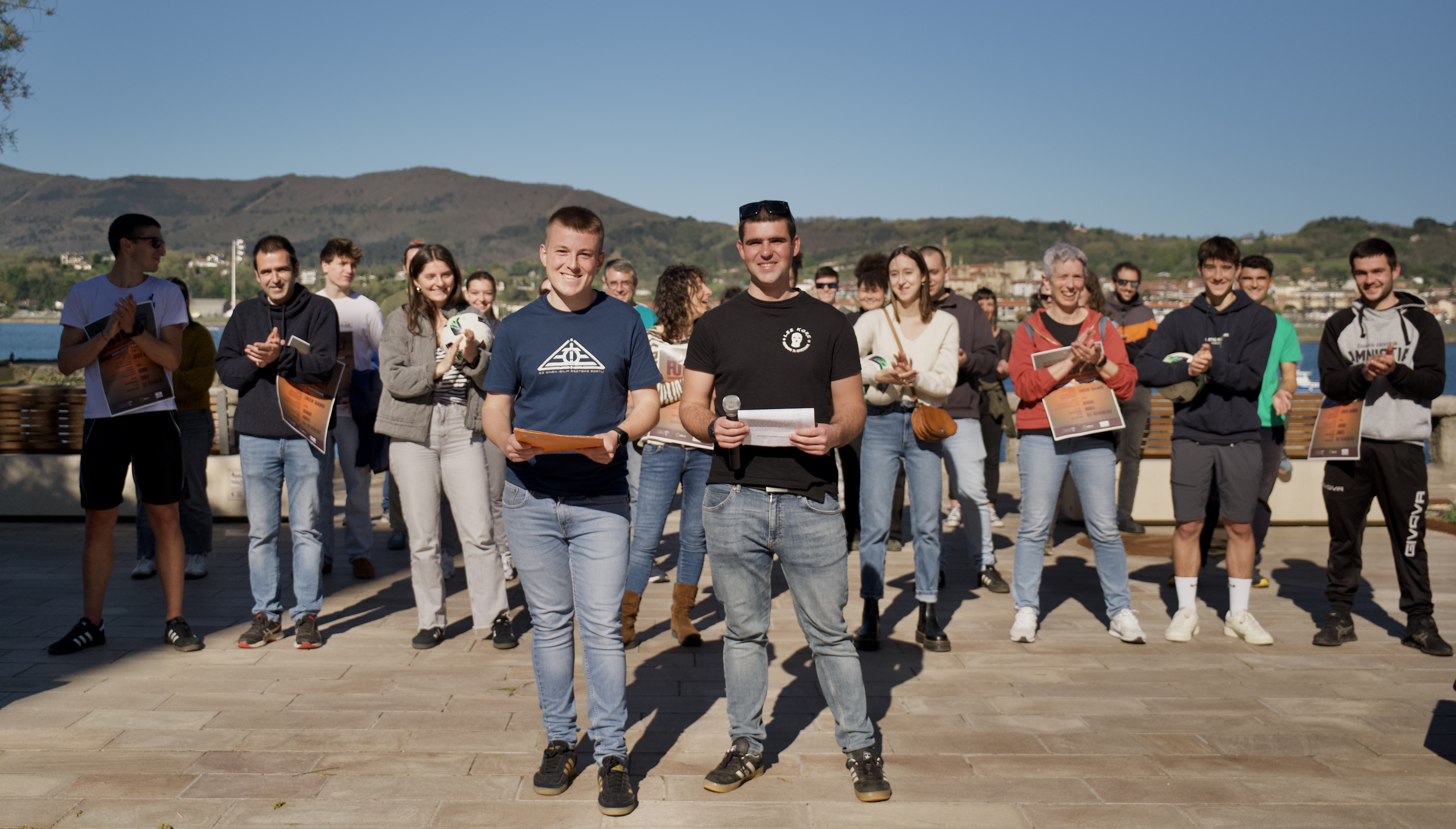Through the Robles
- Beyond Garruze, Mehaine and Donoztirin, listening to SigurRos in the middle of the night, through over eighty curves, we see the joyful Hazparne lights. Hazparne also seems quiet. Plaza del Mercado. A street that extends partially and the slope of the church. There's something like a mystery in these little hours. The rugged city of Lapurdi, on the other hand, knows how to attract the traveler.
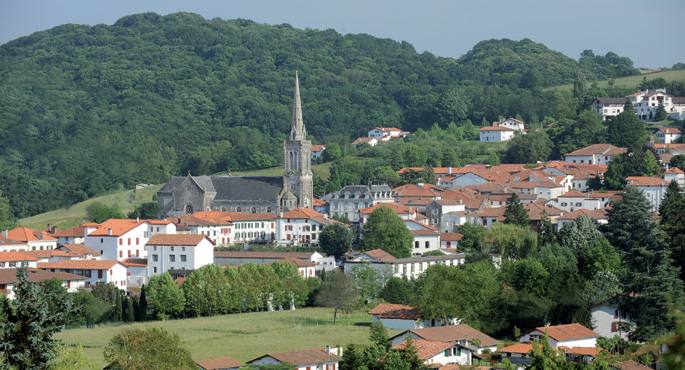
In 1660 a great stone was discovered in the Diocese that fixed as the capital of the well-known Hazparne Novempopulania at the time of the Roman Emperor. A dozen Basque tribes met to thank the genie of the region. The Sparianias achieved the right to separate themselves from the other peoples of Aquitaine. The stone is already on the porch of the church. The pilgrims of Santiago de la Medio were stuck with the castles of Zalduahar and Zalduberri. In 1784 the women of Hazparne rose up because they were unable to undergo the controls derived from a shameful franchise, decided in favour of Baiona. The anger spread to the peoples of Lapurdi. Several soldiers of the French king were sent to Hazparne and 5,000 rifles are said to have been captured. In those times of turbulence, revenge, Mayor Neville broke the church tower. Only in 1816 would it be rebuilt.
Martin Larralde was born in Hazparne in 1782, in the house of Bordaxuri, and died abroad in 1821. As some thought he could not write, Bertsolari Manez Etxeto-Katzo put on paper in 1815 the words of that magnificent song of the Galerian that Martín Larralde, in Rochefort prison, blamed his father’s murder, outside Pau’s case. Peio and Pantxos were famous for their coplas. Later, Joseba Sarrionandia wrote a poem with the title Martin Larralde sung by Ruper Ordorika. Piarres Lartzabal will comb and play on popular Iparralde tables without forgetting the Bordaxuri Theatre. Here you have, in tasting, the last verse:
"I gave these songs in the city of Pau / loaded with iron in the prison... and I copied them at the same time / for everyone to sing in Hazparne..."
Image of the ideal Basque Country
Hazparne is 25 kilometers from Baiona. It has neighborhoods such as Bastida, Ahurti, Beskoitze, Haltsu, Jatsu, Mugerre, Makea, Aiherra, Lekuine, Lekorne and Kanbo. 6,200 inhabitants are concentrated in an area of 77 square kilometers. White houses of red, green or blue whiteness are raised from the sidewalks. Hazparne gives the ideal image of an Basque Country that is only found in the songs of Elizizanburu, with its church, its large plaza of ball and its hundred years of oak.
The name of the city, according to some, is due to the prominent presence of the Robles, but the others conclude that the word “ahetz” or “aitz” that is added to the word “barren” is based on the word “harkaitz” in the old Basque country. Surely, it is enough to raise your eyes, let us turn to Aiherrera, to show that the city, embellished by the green, spreads on the hillside of a hill. In the Cartridges of Baiona the first citation of the city appears in 1247.
Today Hazparne comes to life in twelve lustrous neighborhoods: Elizaberri, Minhotz, Kosta, Zelai, Hiria, Plaza, Anzeta, Labiri, Paxkoenea, Peña, Sohano and Urkoi. From Urkoi Square begins a nice walk to Mt. Urtsua. The road runs along the flank of the Espigón River, reaching half the level, rising on the horizon to Baigura, as well as the cordal of the summits of Bidarrai and Itsasu. The last few meters aren't easy, because even though it's skillful, it feels like shortening your breath when you reach 678 meters. Above you can specify all the plain of Lapurdi when the sky extends towards the shore, otherwise the pale locations of ZUP point to Baiona. It has a couple of old castles, right over time to remember that Urtsuamendi was an ideal place to watch. As you go down to Mount Urkoi, the seventeenth and eighteenth centuries, the strong houses, with centuries of red stone columns, are spectacular.
The streams that run through Hazparne are numerous, all towards the Great Tuna. The so-called Ardanabia, Angelu and Gran Agua are havens of Sundays' fishermen. Hazparne is a town that seems to proliferate, where nature grows abundantly, while it is composed of rural and urban areas. Hazparne is a place to live well and already lives well.
Spartiners' struggle
A letter from the Lapurdi Assembly of 1780 pointed out that the people of Hazparne were strong, extensive and crowded. The majority of the inhabitants were craftsmen, merchants, porters, carpenters or labourers on the outskirts of the city. Already in that letter it was explained that they continued their work and their industry. Until the 1970s, the leather and shoe industry developed in collaboration with Maule. The destruction of the zapatería was not done without violence, leaving in the memoirs the theater of denunciation "Zapata Zilotik", which the youths have still molded. This industry provided life-saving resources to a multitude of families and people in the decades leading up to the raid on Asia, according to studies by the Hazparne History Group. The first machines arrived at Hazparne in the 1990s, and the need until then in the houses was fulfilled in the factories, increasing the working spirit, organization and mysticism. In 1967, shocking shocks were struck in black and white photos, of which 2,000 workers moved to Baiona so as not to let Pattotei's sirens run out of measured time. Today, the same name as Trolliet is again awakening memories in Hazparne.
Hazparne woke up from the dust after a long period of despair. Currently, it is particularly in-depth in the area of sustainable agriculture, aviation and tourism. On Saturdays a market is made with producers from coastal towns, mostly already consolidated in the bio sector. People crammed together whether it was summer or winter. In the shadow and at the foot of the houses of the 17th and 18th centuries can be found butchers, bakeries and, why not say, the cheesemonry kept by the musician Pantxis Bidart. The bars and restaurants are there, moored with the fine peaks. The industry is in a corner: As he approaches Aiherra, there is the gigantic construction of the Holding Lauak, which is dedicated to molding aircraft parts, taking qualified personnel from the region.
Departure of 11 excursions
Whoever comes to Hazparne doesn't have to miss a ball game in the Plaza Laxa or Trinquete. On one occasion, the ball association continues to shape young people in Erratxu (1819-1859) who were called Gaskoina and in 1979 founded Lekuine with the aim of turning them into stars in the footsteps of Xala. The high-level non-sportsmen also have the opportunity to dare because they start many walking gears from Hazparne to the interior of Lapurdi. The multicolor altar of the chapel of Elizaberri, the frescoes of the chapel of the Sacred Heart that houses Sant Joseph Lizeoa, the round stones of the cemeteries, the elevated road of Napoleon on Milafrangara and, of course, the coats of Otsozelai in few leagues or Edmond Rostande in the Cambo.
Aña Debrua and Francis Jammes
Hazparne has always honored the Basque. In 1863 it is fixed on the map to draw the princes of Bonaparte that is used here for the western low tide. Traka writers from Hiriart-Urruti, Charriton, Dirassar and Etxezaharreta have woken up over these two centuries of sand. Perhaps it has been the bertsolaris who have worked so far, the owners of the well-known irony and fable, such as Mendiaga, Xetre, Katzo, Larralde-Bordaxuri or Xubero Hoditei. We cannot leave Aña Etxegaray, born in Iratxeteia in 1873 in silence. She composed Oraiko Dama Gaztiak and the song of the Two Sisters of the Rock has reached us. In 1939, the living woman of the mona, known to the nickname “Aña Debrua”, died.
A few years ago, when the poet Manuel María knew in a Galeusca of A Coruña that I was from the north of Euskal Herria, he asked me to go to pose a rose in the tomb of Francis Jammes de Hazparne. I then remembered that the seat of Eihar was the last of the French poet born in Tournay (1868-1938), and that many important cultural events are taking place today. As to show that the hunger for the future of the city of Hazparne remains strong.











